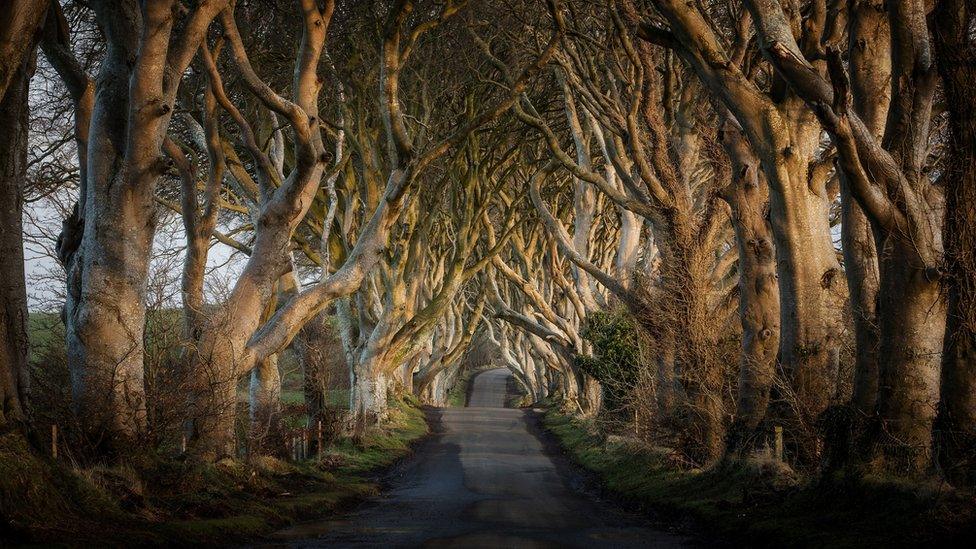Coronavirus: Trees 'offer peace in dark lockdown days'
- Published

When the world shut down, there was peace to be found in the woods
In March, as shutters clattered on shop windows, lights went off in restaurants and office doors were locked, there was peace to be found in the woods.
If lockdown had a silver lining, for many people, it was a renewed love of nature.
Ian McCurley, director of the Woodland Trust NI, has seen a huge increase in numbers across the countryside.
"I'm seeing people walking in country lanes where I've never seen them before," he said.
The Woodland Trust is the largest woodland conservation charity in the UK. It has more than 500,000 supporters. It wants to see a UK rich in native woods and trees for people and wildlife.
Carnmoney Wood is a site that is run by the trust.
"It's a steep climb," Mr McCurley said, "but that has not stopped people walking there.
"In lockdown, people seemed to value getting out, perhaps because we were told not to do it as much."

In lockdown, people have been drawn to the beauty of the woods says Ian McCurley
"People baked a lot of bread, did DIY and gardens and took their daily exercise... so they became aware of just how important the outdoors is.
"We have had more people inquiring and wanting to help us."
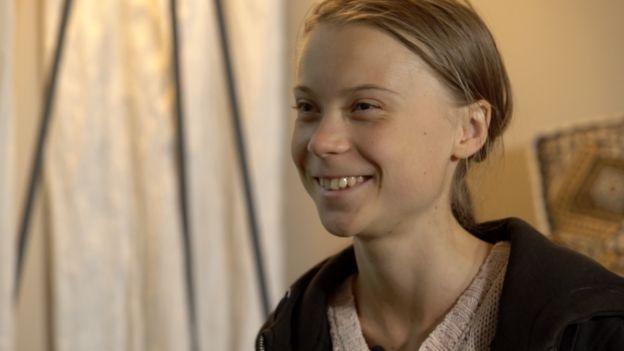
Greta Thunberg challenged world leaders on climate change and galvanised young people to act
In the run-up to the pandemic in March, climate change was in the spotlight. Swedish climate activist Greta Thunberg called out world leaders, and had gathered a global youth movement hungry for change.
"It took the younger generation to get really fired up. This was a big wave, a huge opportunity and I don't think it has gone away," said Mr McCurley.
"In the pandemic, people have had time to think. They want to get outside and we want to bring them there."
He pointed to three crises - species in decline and habitats fragmented; nature deficit disorder where people, especially children, are disconnected from nature and the food chain as well as climate change.
"Trees are the most cost effective method of delivering and resolving the nature and climate crises. They also have positive impacts on people's mental health and well being," he said.
Trees help clean air, store carbon, clean our rivers and provide havens for wildlife.

Urban trees get overlooked - but the Erskine House tree at Belfast's City Hospital is well loved
But Northern Ireland has a poor reputation with just 8% tree cover. It is the least wooded area in the whole of the UK and one of the least wooded places in all of Europe.
In its Emergency Tree Plan, published in January 2020, the trust said we would need to plant 2,000 hectares of trees a year in Northern Ireland to hit an existing target of 12% cover by 2050.
In 2018/2019, just 240 hectares were planted in Northern Ireland.
Good news came in March, just as the threat of Covid-19 moved frighteningly close, when Environment Minister Edwin Poots promised to plant 18 million trees at a cost of £80m over the next 10 years to store carbon and improve Northern Ireland's woodland cover.
He told the Stormont assembly it would deliver 9,000 hectares by 2030.
Agencies such as NI Water and the Roads Service, which own large swathes of land, will be key to the plan called Forests For Our Future.
For conservationists, like the Woodland Trust, that future is looking brighter.
Lockdown has not dimmed its vision of a future where farming is more ecologically minded.
"We need to make a steep change. So Edwin Poots' announcement was very welcome," said Mr McCurley.
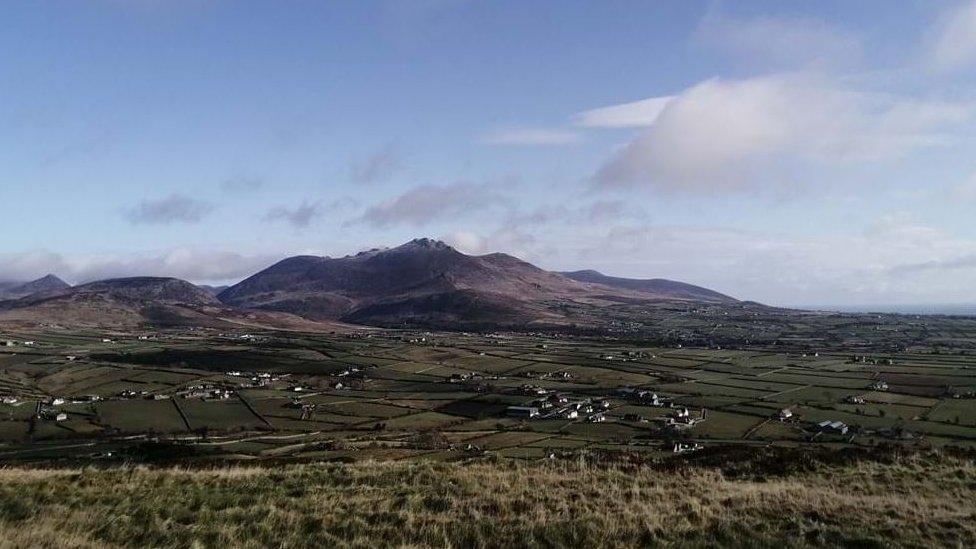
The view across the Mourne Mountains from the new site on Aughrim Hill
"The minister can pull together farming and woodland into a more combined vision for land use.
"Climate change legislation will draw in every aspect of government - moving the environmental areas into the heart of government as opposed to being held in the environment sector "
The trust is behind 50 new woodland sites across NI since 2000.
This year, it created the single, largest native woodland in Northern Ireland.
Aughrim Hill, in the Mourne Mountains, County Down, is being transformed from a bare hillside with no tree cover to a habitat with more than 110,000 native trees.
Scots pine, birch, oak and cherry will flourish and these natural woodlands will be havens for wildlife like red squirrels as well as for human visitors.
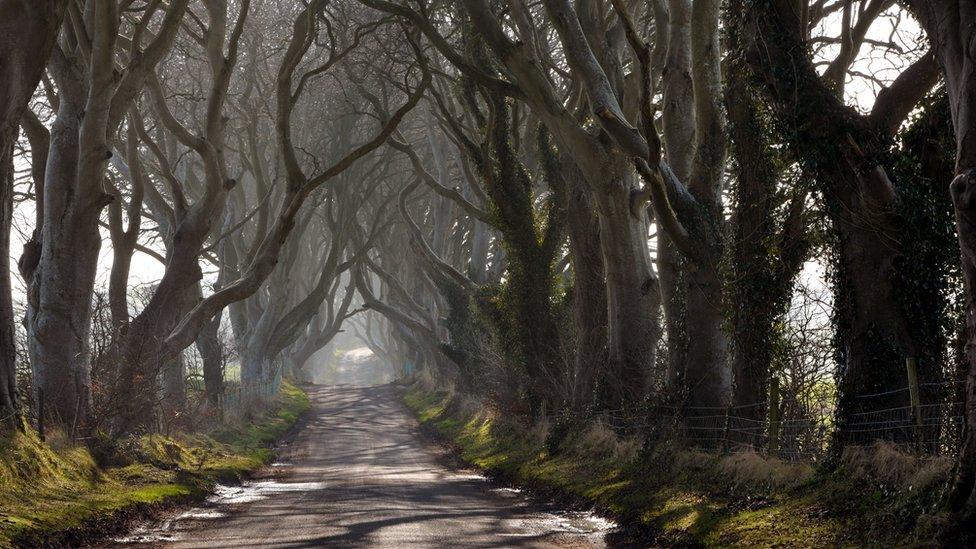
The Dark Hedges have a magic that lures Game of Thrones fans from across the globe
Although our tree cover is very poor, some of our trees are celebrated on the international stage.
A tunnel of beech trees known as the Dark Hedges featured as the Kingsroad in the HBO Series Game of Thrones and has drawn thousands of fans to the Antrim coast.
It is thought the trees were planted in 1775 by the Stuart family along the entrance to their Gracehill House mansion.
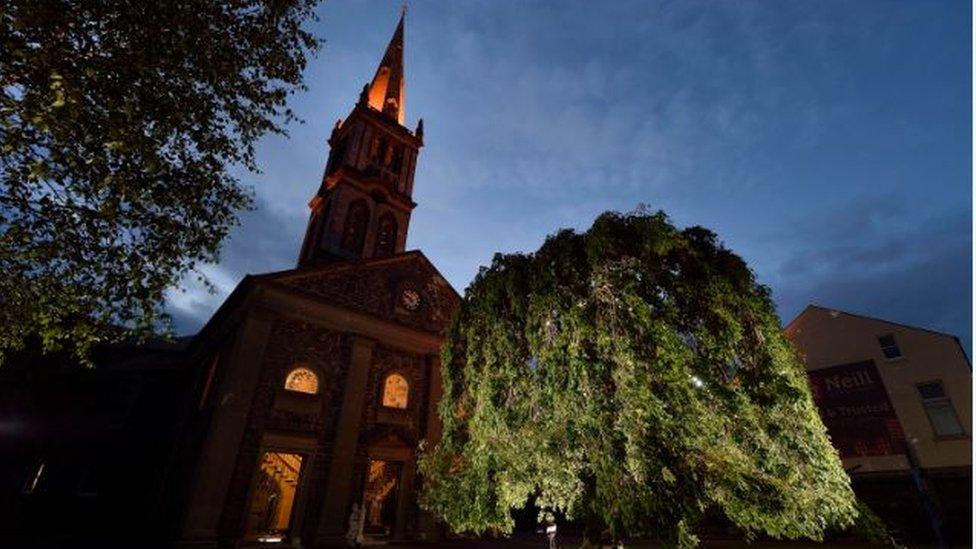
The Weeping Ash in Bangor is another "favourite tree" in Northern Ireland
After Games of Thrones, so many people travelled by car to see the trees near Armoy that the traffic had to be banned to reduce man-made damage.
At the age of 245, the beeches are now in the winter of their lives. They are, in the words of one tree expert, "old age pensioners" - another said they have less than 10 years left.
The Woodland Trust runs a competition for Tree of the Year across Northern Ireland.

"Old Homer" - the Holm Oak, Kilbroney Park, Rostrevor
Past winners have included the mysterious "invisible tree", the big Oak, the King tree and the Crom yews.
The Holm Oak, Kilbroney Park has also won.
It is known by locals as "Old Homer" - a name that suggests the great wisdom that comes with age.
Musician Tommy Sands who knows it well has said it was a deserved winner.
"My vote goes for the bendy tree that may be bent but not broken.
"It was, for many years, the tree that we gathered under during the festival for children's concerts, and will be again," he said.
The Woodland Trust hopes that, like Old Homer, many more native trees will grace the landscape, grant nature the reprieve that is desperately needed and be celebrated in years to come.
- Published22 January 2020
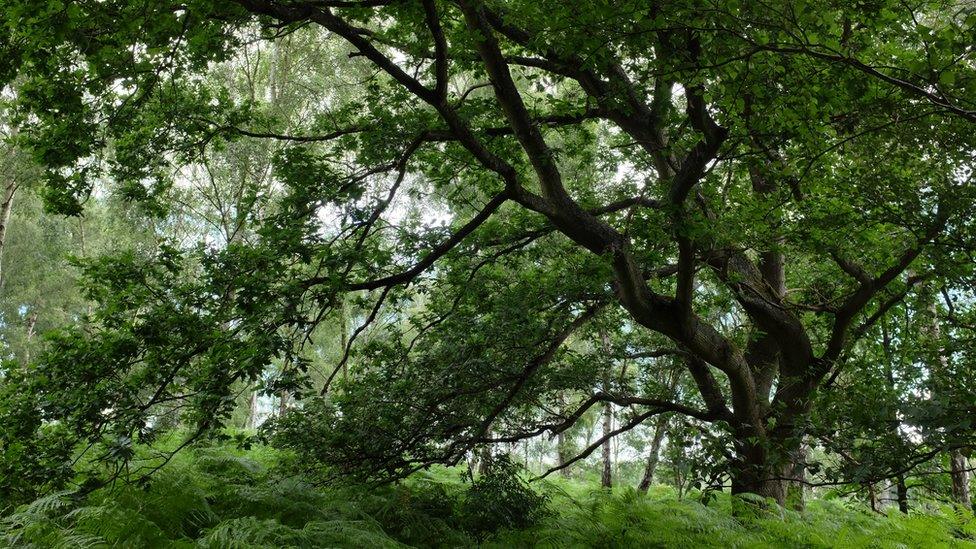
- Published26 April 2020

- Published2 March 2020
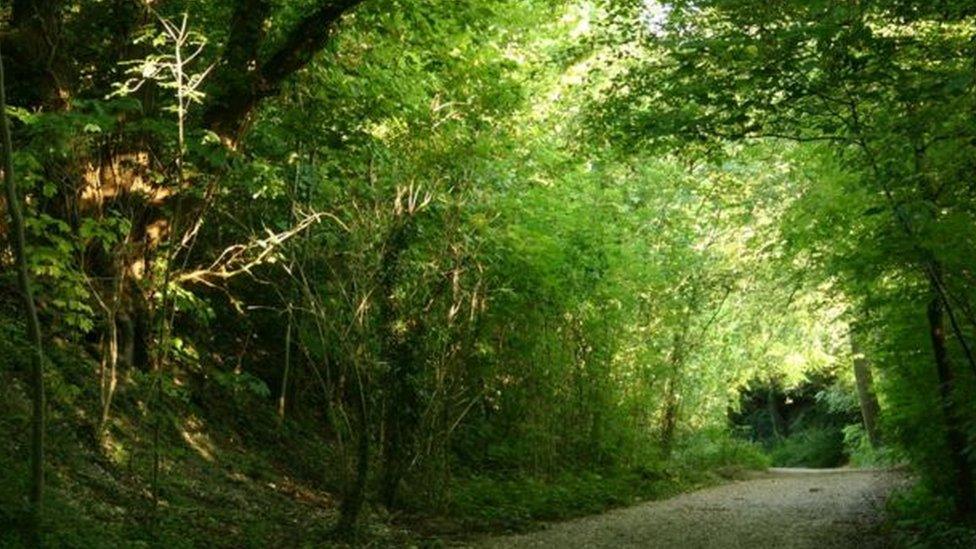
- Published30 January 2019
